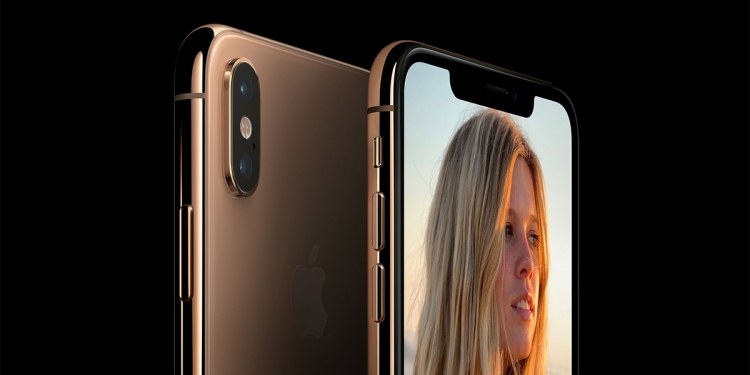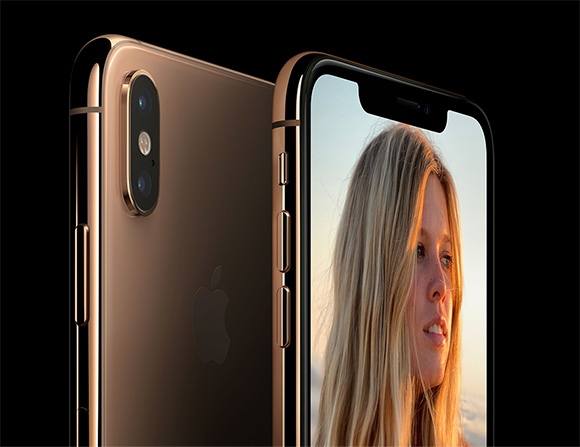Apple has finally unveiled its latest generation of iPhone models – the iPhone XS and the iPhone XS Max. They are the successors of the iPhone X and both of them feature an edge to edge display that comes with a notch. In case you’re wondering, it’s pronounced as the iPhone “Ten” S, not the iPhone “Axe” S.
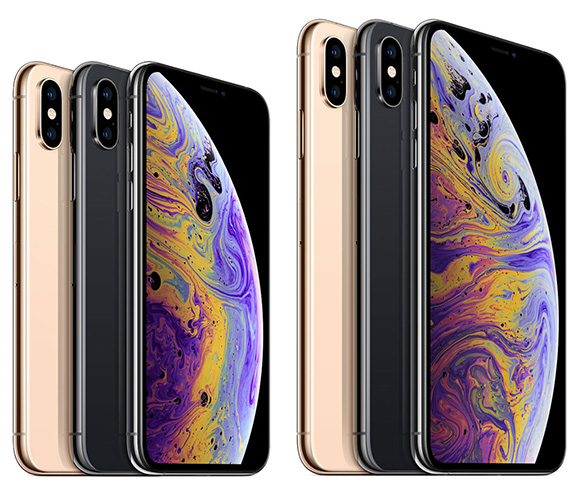
In terms of design, it looks identical to the iPhone X and the only major difference is that it’s available in Gold in addition to its existing Space Grey and Silver options. The dimensions for the iPhone XS is identical to the iPhone X but it’s slightly heavier by 4 grams
Meanwhile the larger iPhone XS Max is a much larger phablet and the screen is 1-inch bigger than the iPhone 8 Plus. Because of its thinner bezels, the overall footprint of the iPhone XS Max (Width: 77.4mm Height: 157.5mm) is slightly smaller than the iPhone 8 Plus (Width: 78.1mm, Height: 158.4mm). The iPhone XS is quite hefty at 208 grams but it still retains the same thickness of 7.7mm as the iPhone XS.

The iPhone XS Max features a 6.5″ OLED display which pushes a resolution of 2688×1242. Meanwhile, the standard iPhone Xs retains a similar 5.8″ display as the iPhone X and it does a resolution of 2436×1225 pixels. Both have the same pixel density of 458 pixels per inch. The display on both models also supports Dolby Vision and HDR10 as well as True Tone display, which adapts its white balance according to your ambient lighting.
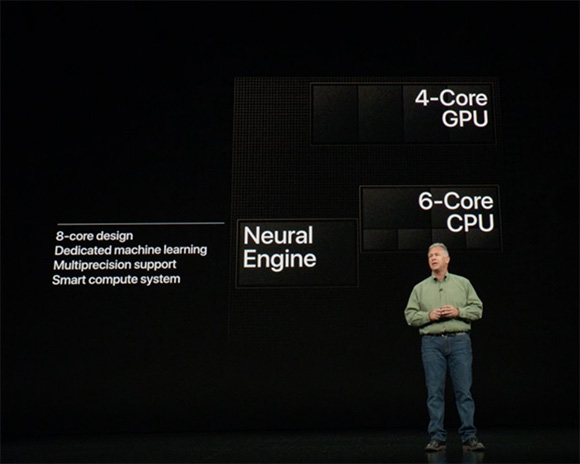
Under the hood, Apple is powering both devices with their latest A12 Bionic Chip. Based on a 7nm process, the new chip has a 6-core CPU, 4-core GPU and a new Neural engine for AI tasks which is said to be capable of processing 5 trillion neural engine operations per second. As a comparison, the previous A11 Bionic’s neural engine does 600 billion operations per second. Similar to the Galaxy Note9, Apple is now offering its largest storage capacity yet at 512GB.
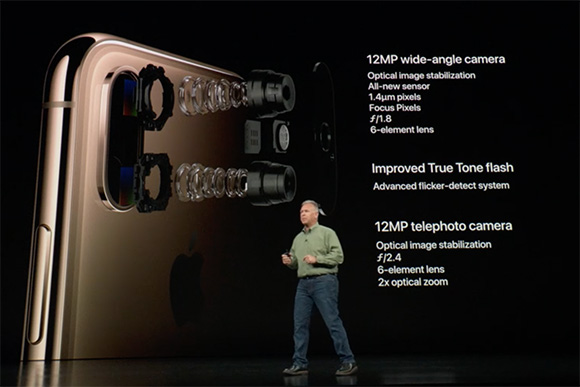
In the imaging department, the camera specs look similar to the previous iPhone X. It retains a similar dual 12MP camera setup with a main f/1.8 wide-angle camera and a secondary f/2.4 telephoto shooter. Both are optically stabilised and it’s assisted by a quad LED true tone flashlight. The new image sensor offers a larger 1.4-micron pixel size compared to 1.22-micron on the iPhone X, which should translates to better low light performance.
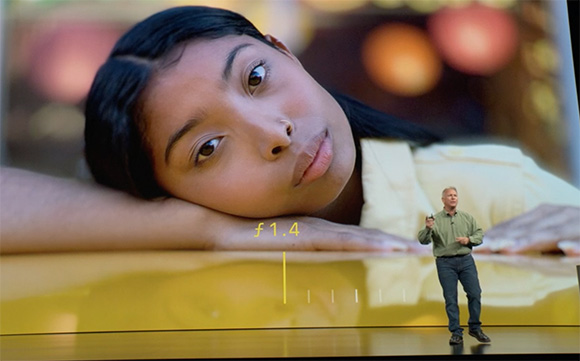
What’s new on the latest iPhone XS series is the ability to adjust your bokeh effects manually in Portrait Mode. Finally, you can adjust how much bokeh you want by scrolling the Depth Control from anywhere between f/1.4 to f/16. Another new feature they have announced is Smart HDR which Apple claims to offer improved highlights and shadow detail.
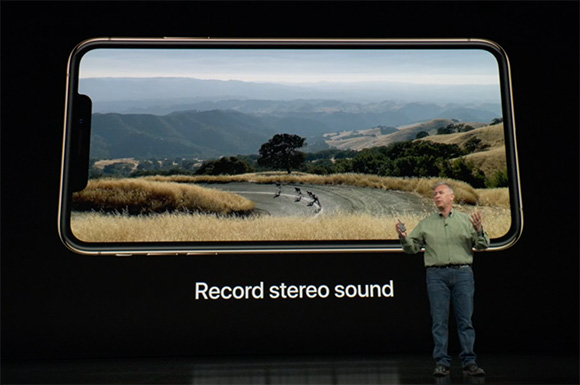
When it comes to video, the iPhone XS still shoots in 4K up to 60fps but now they have added the ability to record audio in stereo. There’s also extended dynamic range for videos of up to 30fps. You still get OIS stabilisation for videos and it still does 240fps slow-mo at 1080p.
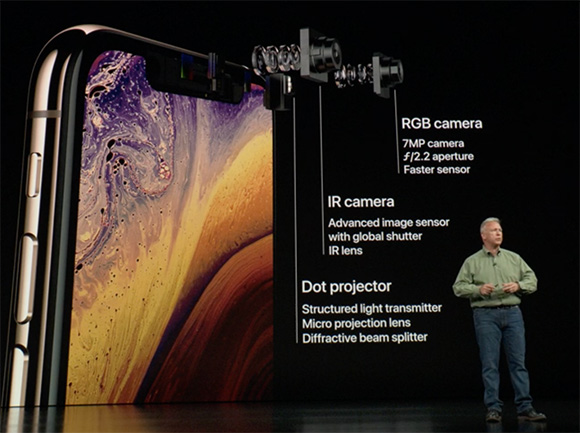
Over at the front, Apple still retains a 7MP f/2.2 front camera that supports Animoji and Portait Selfies. Like the iPhone X, it still has the same sensors which allows you to unlock your phone at a glance with Face ID.
As usual, there’s no mention on the battery capacity but Apple mentions that the iPhone XS offers 30 minutes longer battery life than the iPhone X while the iPhone XS Max can last up to 1.5 hours longer. Both support Qi wireless charging as well as fast charging if you have the supported charging brick and USB-C to lightning cable. Unfortunately, Apple is still bundling the same old slow 5W charger in the box.
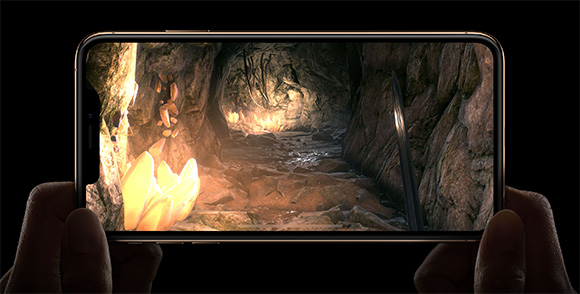
In terms of dust and water resistance, the latest iPhones are now upgraded from IP67 to an IP68 rating. While most manufacturers are claiming submersion of up to 1.5 metres deep, Apple reckons that you can submerge the latest iPhone XS and XS Max under 2 metres for up to 30 minutes.
The latest iPhone models are finally supporting Dual SIM but it isn’t the one that you would expect. For global markets, the second SIM comes in the form of an eSIM which is only supported by a handful of operators worldwide. Only the Chinese market will be getting a different variant that could accept two SIM cards in a single device. There’s also support for Gigabit LTE which can deliver even faster downloads on 4G depending on your network.
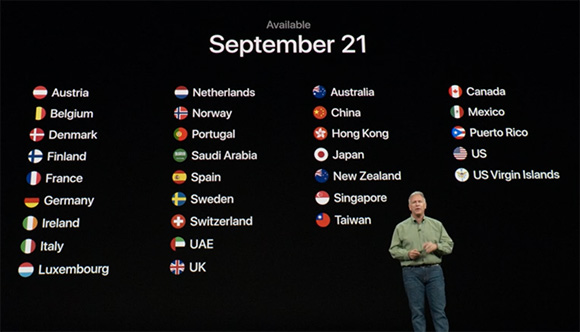
The iPhone XS and iPhone XS Max will be available for pre-order this Friday, 14 September and it will go on sale the following week on 21 September for first wave countries. As usual, Malaysia isn’t included in their first and second wave releases but we reckon it could arrive locally sometime in October based on last year’s launch.
The Malaysian pricing isn’t revealed yet but below is Singapore’s Apple Store listing for reference:
iPhone XS 64GB – S$1,649 (about RM4,974)
iPhone XS 256GB – S$1,889 (about RM5,728)
iPhone XS 512GB – S$2,199 (about RM6,633)iPhone XS Max 64GB – S$1,799 (about RM5,427)
iPhone XS Max 256GB – S$2,039 (about RM6,151)
iPhone XS Max 512GB – S$2,349 (about RM7,086)
The bigger 6.5″ Max model with a massive 512GB storage option is Apple’s most expensive iPhone model yet as it touches the RM7,000 mark if we convert directly. The pricing for the standard iPhone XS 64GB and 256GB variants are pretty close to last year’s iPhone X at the time of launch.
Overall, the iPhone XS is an expected incremental upgrade as indicated by its “S” post-fix. This is similar to jumping from the iPhone 6 to the iPhone 6s or from an iPhone 7 to the iPhone 8. You get the usual performance upgrade, improved camera and slightly better battery life from its more efficient A12 chip. For those who wished for a bigger device, the iPhone XS Max offers the same hardware but you’re getting a massive display with the same pixel density plus a bigger battery.
What do you think of the iPhone XS and XS Max? Let us know in the comments below.

